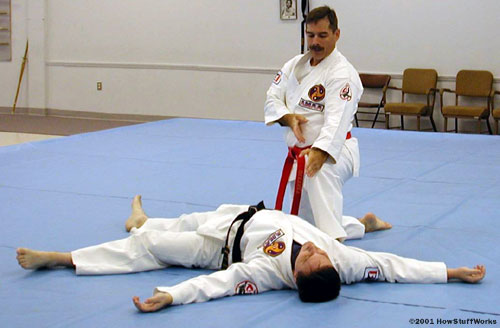For the last three days, Olga and I were watching the trology of Three Colors – “Blue“, “White“, and “Red” on DVDs. It is a somewhat popular French masterpiece by Krzysztof Kieslowski. Neither Olga, nor I liked it.
When I got all three DVDs in one pack, I was a bit puzzled as to in which order should I see them. Logic suggested that blue, white, and red are colors of the French flag and that I should use the order. IMDB confirmed the suspesion.

Blue” is the first movie of the trilogy. It started of nice, with a car crash a some dead people, but it stayed there. The film was too long for what was being told, or I completely misunderstood it. It is not some American action entertainment, so I am not very good with this kind of films. It is supposed to be all serious and phylosophycal. But it was way too shallow. Reminded me of Phylosophy 101 course in the college. There were not too much dialogs and there was nothing to act upon. There was a surprising lack of music, considering the fact that story of the film was built around the death of the composer. The same piece was played over and over again. Barely I held myself from falling asleep.

The lack of happenings and simplicity was understood by the director and the second part – “White” – was more interesting. It wasn’t a huge brain mover, but there was some originality. There was this man who was all in love and married, but rejected and devorced. And he was displayed from the side which is usually reserved for women. Though there was still a lot of man in him. Interesting. The link with the first part was very weak and that left hope.

Red” – the third part, is by far the most active, but still way too melodramatic and soap operish for my likings. In the beginning it suggets another thin connection to the previous two parts, but in the end everything turns around and there is indeed some kind of point delivered.
These films all do with human sufferrings, mostly because of love, rejection, trust and it’s braking. There is also an idea of some kind of natural balance or, maybe, relativity suggested. Overall, it is not enough for almost 6 hours of total time spent on the films.
The reason I could push myself to finish watching all three of them was the increasing tempo from part to part. If it was in reverse or other order, I would have fell asleep and forgot the whole thing during the first 30 minutes.
Rating these films is a bit difficult. Each one deserves a 5 out of 10, but the synergy of all of them together brings it up to 6. I’ll give them 5s on IMDB anyway, since they are way overrated there anyway.
 Pretty often, in the mailing lists, people ask why should they use one solution instead of another. There is a similar discussion on mod_perl mailing list. While there are, as usual, a number of reasons to use Perl over Java, it gets interesting when it comes to examples and references. Particularly, these lines from reply by Perrin Harkins:
Pretty often, in the mailing lists, people ask why should they use one solution instead of another. There is a similar discussion on mod_perl mailing list. While there are, as usual, a number of reasons to use Perl over Java, it gets interesting when it comes to examples and references. Particularly, these lines from reply by Perrin Harkins:




%></div>
<div class=) <%image(20040811-horizontal_secretary.jpg" alt="Horizontal secretary">
<%image(20040811-horizontal_secretary.jpg" alt="Horizontal secretary">